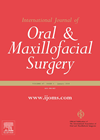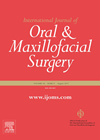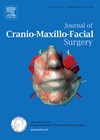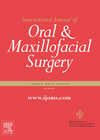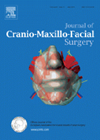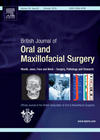
Journal Reviews
Relapse after bi-maxillary surgery in a class III malocclusion
This study analysed 90 patients who underwent a bi-maxillary osteotomy for a class III malocclusion. There were 30 in each of three groups of patients based upon the Frankfort mandibular plane angle (FMA). They were divided into: greater than 32°,...
How to manage the cheek in gender affirming surgery
This publication discusses cheek augmentation surgery related to gender-affirming facial surgery. The publication describes the difference between the common male cheek anatomy and the desired ideal feminine appearance and how to achieve it. In the author’s experience, gender-affirming surgery patients...
Clinical histopathology of 250 parotidectomy patients
Clinical histopathology of 250 parotidectomy patients This is a retrospective study of 250 consecutive parotidectomy patients at units in Belgium and the Netherlands. The sensitivity and specificity of FNAC was 64% and 99% respectively, the sensitivity being slightly lower than...
Bone thickness and split pattern in mandibular osteotomies
This paper looked at 63 sagittal split ramus osteotomy sites. The type of split was classified according to the Plooij paper and bone measurements were taken at four sites. Of these sites, the thickness of the bone in one point,...
Risks of tracheostomy in head and neck cancer
Tracheostomy is associated with several complications, with rates quoted as high as 8-45%, including: bleeding; displacement; obstruction; surgical emphysema; pneumothorax; fistulae and failure to decannulate. There are now many studies that confirm the increased length of stay and complications of...
Soft tissue changes following maxillary osteotomy: comparison of three computer programmes
This small group of seven patients had a Le Fort I advancement maxillary osteotomy with vertical repositioning and alar base cinch sutures. They were assessed with cone beam CT’s three months preoperatively and one-year postoperatively. A clinical comparison between the...
Soft tissue changes following maxillary osteotomy, comparison of three computer programmes
This small group of seven patients had a Le Fort I advancement maxillary osteotomy with vertical repositioning and alar base cinch sutures. They were assessed with cone beam CT’s three months preoperatively and one year postoperatively. A clinical comparison between...
Which patients are more likely to have postoperative pulmonary complications after major head and neck?
Postoperative pulmonary complications (PPC) following major head and neck surgery are frequently encountered. Indeed, surgery in the head and neck area itself has been identified as a risk factor for these complications. Microvascular reconstruction is a widely accepted and proven...
Hilotherapy for facial surgery patients?
Hilotherapy involves administering regulated cold compression through a facemask. The principle of this treatment involves cyotherapy as a traditional treatment for reducing inflammation, pain and swelling following trauma. It is believed that using hilotherapy (Hilotherm®), which uses a mask to...

